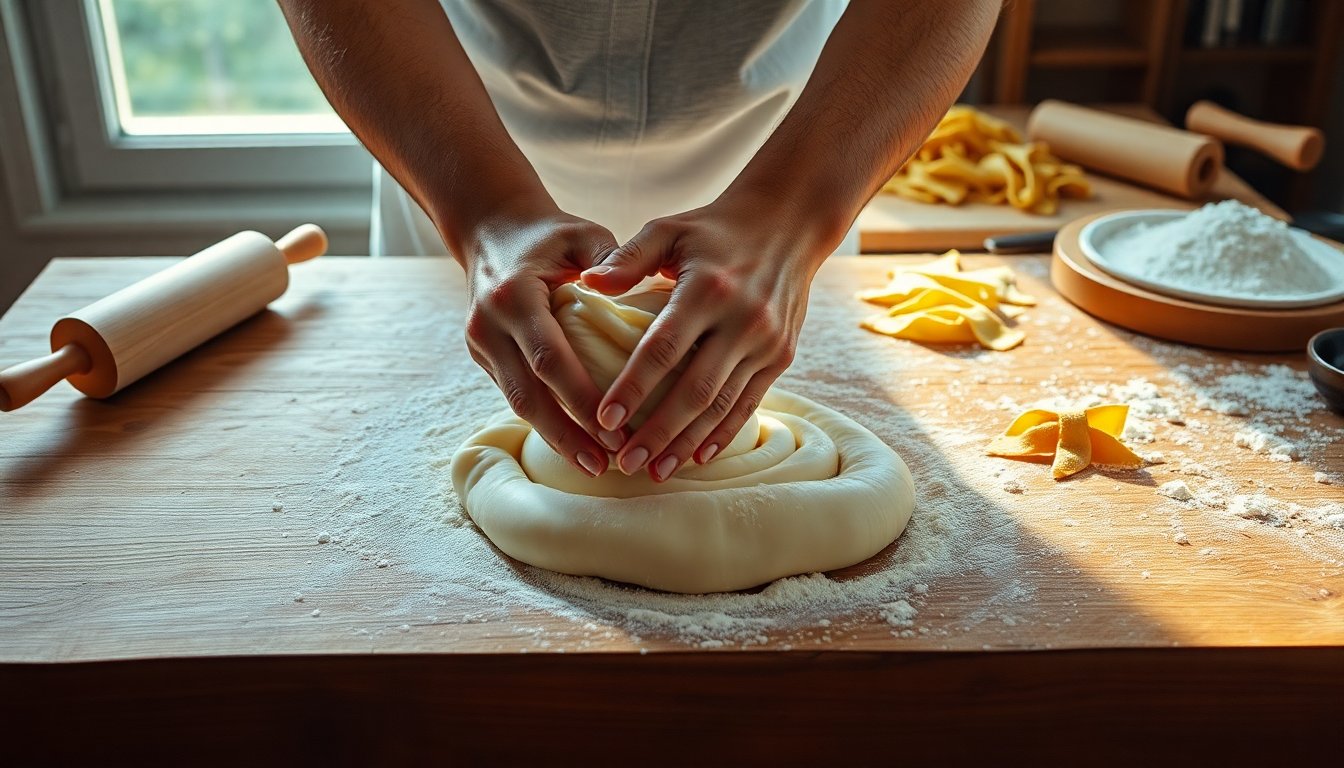Table of Contents
The aroma of freshly made pasta fills the air, stirring feelings of nostalgia and warmth. As skilled hands knead the dough, its texture transforms, hinting at an upcoming culinary delight. The ingredients—flour, water, and eggs—may appear simple, but they conceal the intricate artistry of traditional pasta making. Each shape and form reflects a story steeped in culture, tradition, and an enduring passion for food.
The rich history of pasta
Behind every plate of pasta lies a tapestry of history that dates back centuries. Although pasta is believed to have originated in China, it was in Italy that it truly flourished and evolved into a beloved staple. Each region of Italy boasts its own unique pasta shapes and dishes, influenced by local ingredients and traditions. For instance, the delicate strands of capellini are synonymous with the coastal regions, while the hearty pici reflect the rustic charm of Tuscany.
As a chef, I have learned that understanding the origins of pasta shapes can enhance our appreciation of the dishes we create. Each type of pasta serves a purpose, paired with sauces that complement its texture. The classic combination of tagliatelle with a rich ragu or the simplicity of spaghetti with olive oil and garlic showcases the versatility of this ingredient. The palate never lies; every bite tells a story steeped in culture and tradition.
The technique of pasta making
Creating pasta from scratch is a culinary art that demands both practice and patience. High-quality ingredients are essential; using a flour with a high protein content, such as 00 flour, lays the groundwork for a silky dough. The process begins with a mound of flour arranged on a clean surface, where a well is formed in the center to hold the eggs. As the eggs are incorporated, the flour absorbs the liquid, resulting in a cohesive dough.
The secret to perfect pasta lies in the kneading process. As the dough is worked, it should become smooth and elastic, indicating proper gluten development. This crucial step influences the texture of the final dish. After kneading, allowing the dough to rest is vital. Resting relaxes the gluten, making it easier to roll out and shape.
Once rolled out to the desired thickness, the shaping begins. Whether cut into lasagna sheets, twisted into farfalle, or rolled into fettuccine, each shape serves as a unique canvas for sauces and flavors. Cooking the pasta to al dente perfection is essential; it should possess a slight bite, enabling it to maintain its shape when combined with sauce.
The connection with territory and tradition
Pasta represents more than a mere dish; it encapsulates the heart of Italian culture and tradition. Regional sauces showcase local produce, exemplified by the robust tomato sauces of Naples and the creamy carbonara of Rome. Utilizing local ingredients transforms pasta into a celebration of terroir, forging a link to the land and its customs.
Reflecting on my transition from chef to food writer, I recognize that every plate of pasta I serve carries the weight of history and narratives from generations past. Cooking transcends mere sustenance; it embodies the sharing of experiences and culture. Each bite of homemade pasta invites us into the core of Italy, where treasured family recipes are lovingly preserved and handed down.
Embracing the art of traditional pasta making offers an opportunity to engage in a rich sensory experience. The interplay of flavors, textures, and aromas weaves a culinary narrative that resonates with us all. Gather your ingredients, prepare to roll up your sleeves, and embark on this flavorful journey. The palate never lies, and each dish you create holds a story waiting to be told.


